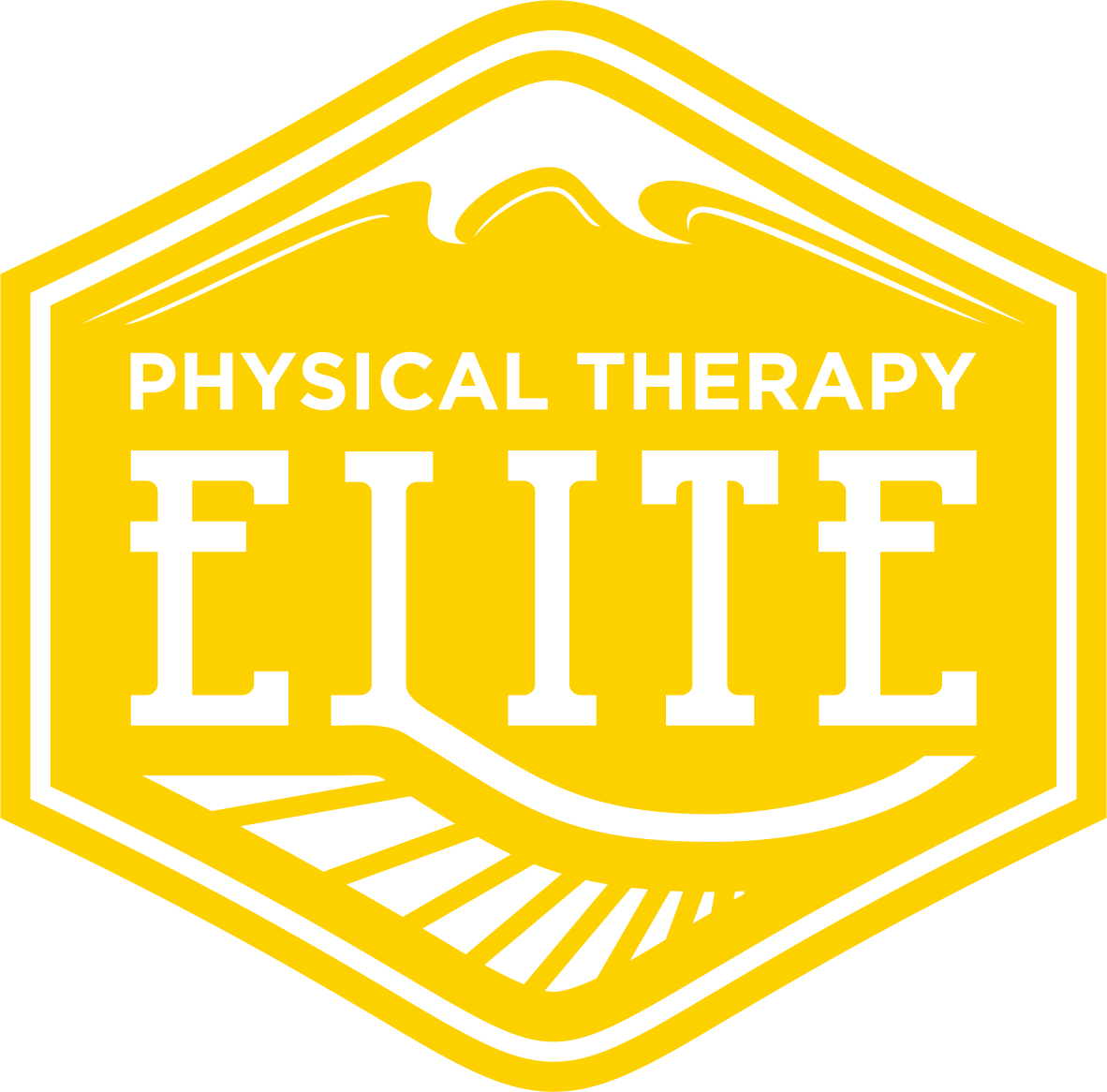When an injury is sustained, we all want to know, "how soon until I'm better?"
How long will it take for the ligament to heal?
How long do I have to wear a brace? A boot? A cast?
When can I go back to soccer? Work? Running?
Recovery time is based on tissue healing time. Tissue healing time is based on an understanding of the physiologic elements and processes at play - the connective tissue. The world of orthopedics deals with connective tissue! Connective tissue is composed primarily of collagen and there are 5 types of collagen - each type found in different areas of the body - skin, muscle, bone, fascia, tendon, ligament, cartilage, organs, and nerves.
More details on the composition of connective tissue and collagen is given here: Understanding Aging and Its Effect on Tissue Composition, where we discuss the effects of aging. For this blog, we will continue on with the topic of injury and healing times - broken down into 3 parts.
Part 1: Damage to Tendons and Ligaments
Part 2: Muscle Strains
Part 3: Fractures
Part 1: Damage to Tendons and Ligaments
Ligaments and tendons can be sprained (ligament) or strained (tendon), torn and/or ruptured. A sprain/strain is a “microfailure” meaning only some of the collagen fibers have been over-stretched - a Grade 1. This results in pain and weakness. A Grade 2, is partial tearing of the collagen fibers and is very painful. A Grade 3 is when the ligament or tendon is completely torn. Often times a Grade 3 is not as painful because the small peripheral nerves that signal pain have been torn also.
The blood supply to tendons and ligaments is not as good as it is to muscle. This is why healing can be slow and small injuries can sometimes become so chronic. Anyone who has experienced Achilles Tendonitis would agree!
Let’s use the dreaded Achilles Tendonitis as an example. You’re a runner. You do some extra climbing days resulting in tighter than normal calf muscles and some extra workload on the Achilles. You follow that with a speed workout. The result is more demand than the Achilles can handle - there is pain and acute inflammation (think warm, rubbery and fluidy). This acute phase lasts only 24-48 hours leaving a feeling of soreness and a tendon that is stiff and fragile. The inflammation is kinda like glue trying to bind together the tendon fibers. When the acute inflammation passes, the glue is still only partially dry.
Let’s pause for a second and think about the principle of cause and effect. Causes: hills and speed causing tight calf muscles, tension on the Achilles...Other contributing factors: stiff talocrural and subtalar joint, poor first ray mobility, neural tension…Effect: Achilles pain.
So, back to our partially dry glue. If the causes and contributing factors still exist, the glue cannot dry properly. Instead of a nice, clean, cohesion, everything is still getting pulled in the wrong ways. Manual therapy, massage, joint mobilization and specific, progressive, graded stretches and exercises will fix this (fix the causes). Healing time? Days and maybe a week or two at most.
Otherwise, the same causes will result in the same effect - pain, swelling, inflammation...eventually, the glue (the inflammation) gets super messy. The “glue” is partially dry the tendon becomes saturated and unhealthy: full blown tendonitis. Healing time? Days and maybe a week or two just turned into 4 weeks at MINIMUM.
It can still get worse. The partially dried glue will eventually dry leaving the tissue brittle and bound. The saturated tendon becomes thickened, losing elasticity and lacking adequate blood supply. This is tendonosis. Healing time? 6 weeks? 8 weeks? It’s not fun.
Here we see that while there is variation in healing time depending on severity and chronicity, with proper management, tendon and ligament injuries average 4-6 weeks for recovery.
Up next, muscle strains.


